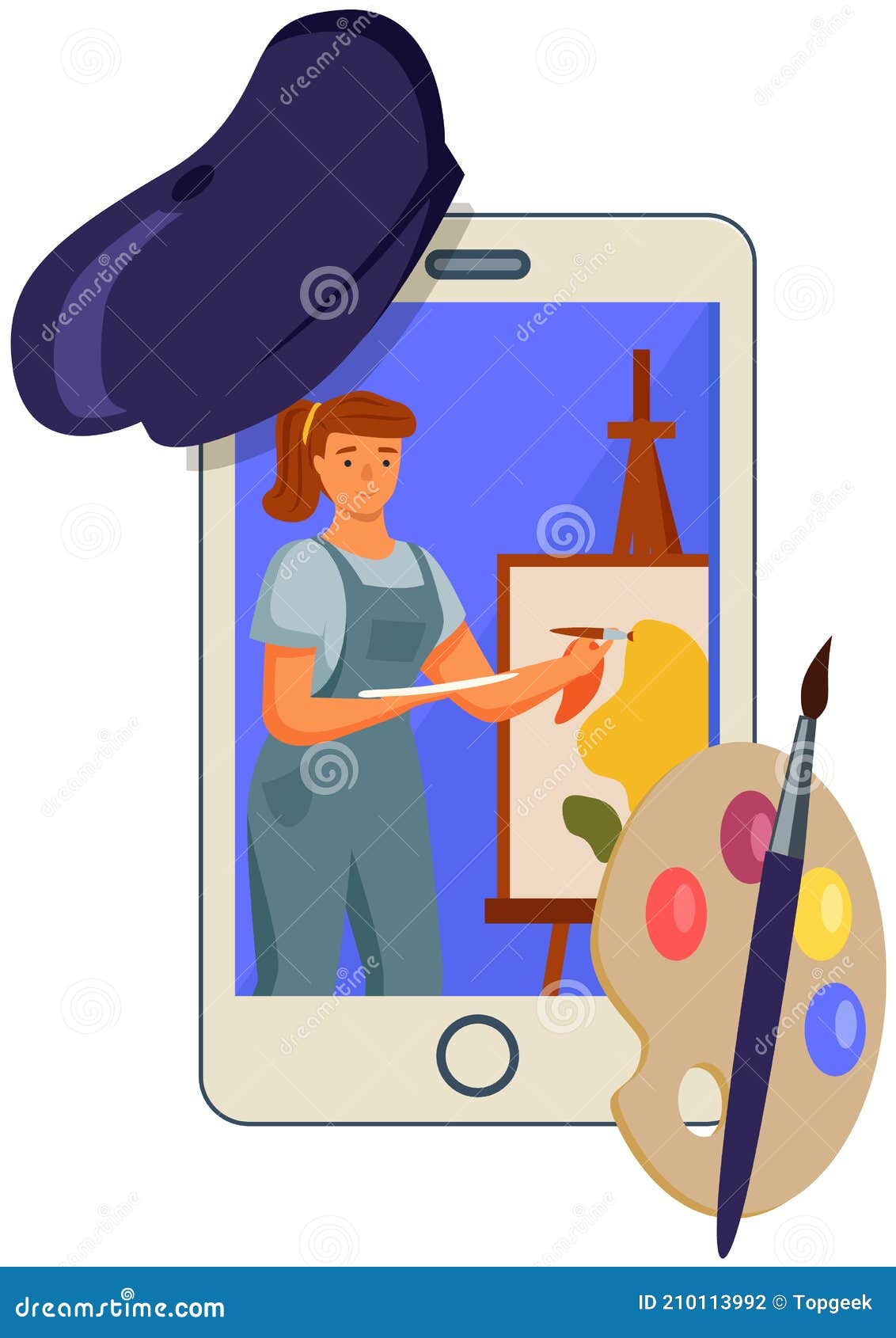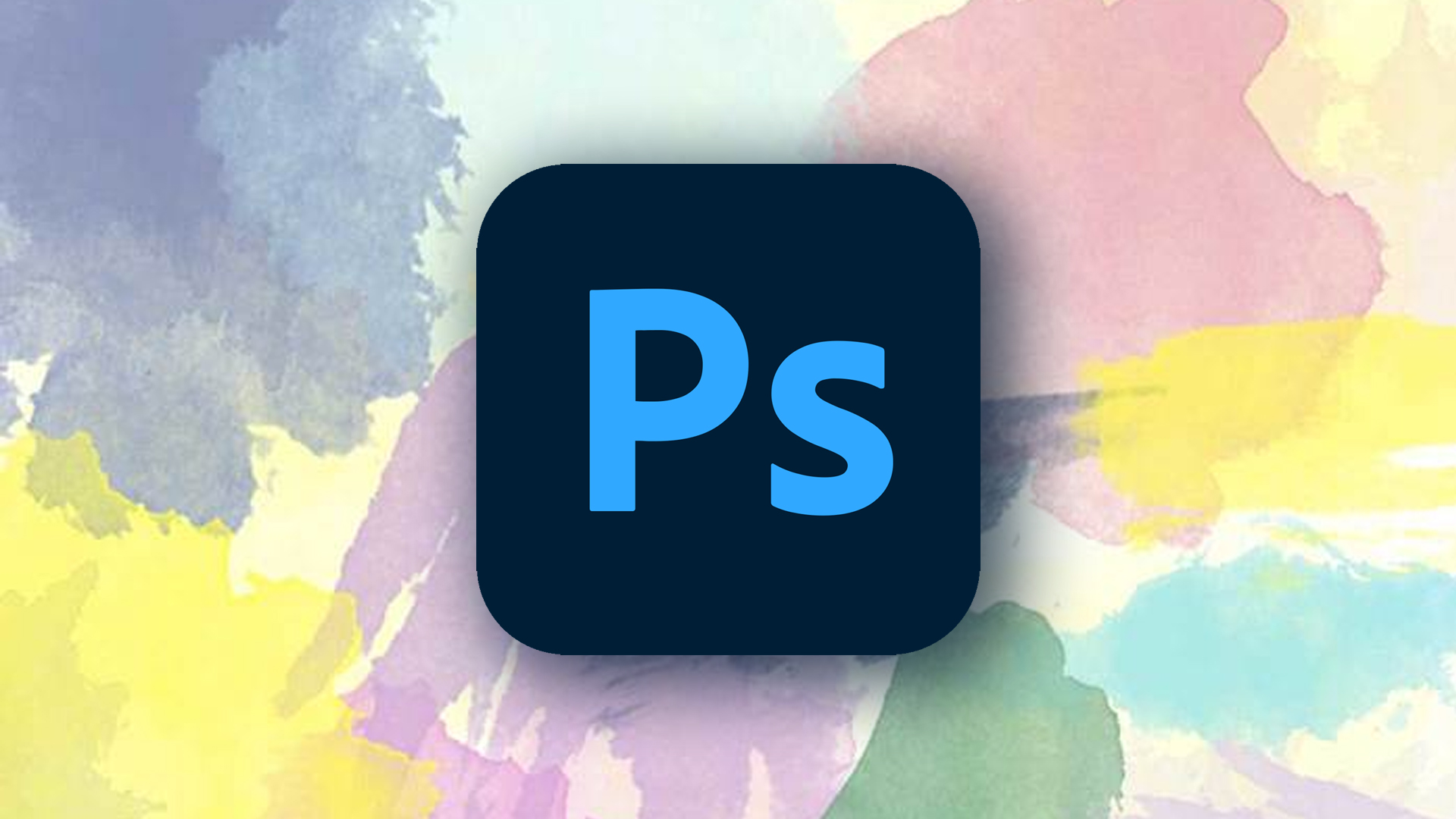

Then, write the letters as shown on the exemplar. Using the exemplar as a reference, practice making the strokes on the exemplar ten times each. Once you have printed the exemplar, procure a blank piece of high-quality paper such as watercolor paper or drawing paper.
#FREE PAINTBRUSH APP DOWNLOAD#
With brush pen lettering, you’ll be able to tell if a fix has been attempted because the color will be bolder in that area.Īs long as you understand the concept of controlling the pressure you exert on your paintbrush, you’ll be able to create paintbrush lettering! To get started, you can download the free paintbrush lettering exemplar by clicking here. Due to the nature of watercolor, there are some strokes that are very opaque, and others that are nearly transparent. It’s also easy to fix any paintbrush lettering mistakes without the repair being obvious! If, for example, your downstroke isn’t thick enough, you can go back in and blend more paint into the stroke. I actually prefer paintbrush lettering over brush pen lettering because the results are softer. Paintbrush lettering can be used for a number of applications, but I especially like it on envelopes! This envelope utilizes all-lowercase letters and alternating colors to make for a compelling and artistic piece. Watercolor paper is a good bet, as is heavy (70-80 lb.) drawing paper. Just make sure you work on a hardy paper otherwise, the paper will warp because of the moisture in the paint. Once you’ve practiced a bit, you can use paintbrush lettering to create any calligraphy style, like the Janet Style gift tag below. To practice pressure exertion, you can use the Letter Formation portion of any calligraphy worksheet to help yourself get the hang of it! For example, I used the Amy Style worksheet (pictured below) to improve my pressure exertion. You’ll want to exert enough pressure on the brush that an impression is made, but not so much pressure that the stroke is any wider than the one pictured below.

Then, you’ll pull your brush down, exerting a good amount of pressure in order to make a bold and thick stroke.Ĭonversely, for upstrokes (and horizontal strokes), you should very lightly touch the paintbrush to the paper. To make a downstroke, you’ll first want to saturate half of the paintbrush bristles in watercolor paint. If you’re familiar with brush pen calligraphy, you’ll find that paintbrush lettering is extremely similar. In fact, the most important concept of paintbrush lettering - pressure exertion - echoes the main idea of both brush pen calligraphy and dip pen calligraphy. I always start out by moistening all of the colors in my palette with water so they are ready to use!

I find that it’s easiest to make paintbrush lettering with watercolors. That way, you can examine the brush before you purchase it! A size 0 or 1 is best for creating smaller brush lettering, and a size 4 or greater works well for large letters. For this reason, it’s best to buy brushes at a local art supply store, if possible. You may find that a size 0 in one brush looks like a 1 offered by another brand. Just like clothing, the sizes of paintbrushes vary slightly depending on the manufacturer. Every paintbrush has a size the larger the number, the larger the paintbrush. The size of your paintbrush is the first thing to keep in mind when creating paintbrush lettering. Those strokes present quite a contrast to the crisp lines and loops of dip pen calligraphy! The concept of using a writing utensil to make upstrokes and downstrokes is the same, but the results are different! Paintbrush lettering’s signature style features whimsical, delightfully faded strokes. Paintbrush lettering is the free-spirited cousin of dip pen calligraphy.


 0 kommentar(er)
0 kommentar(er)
